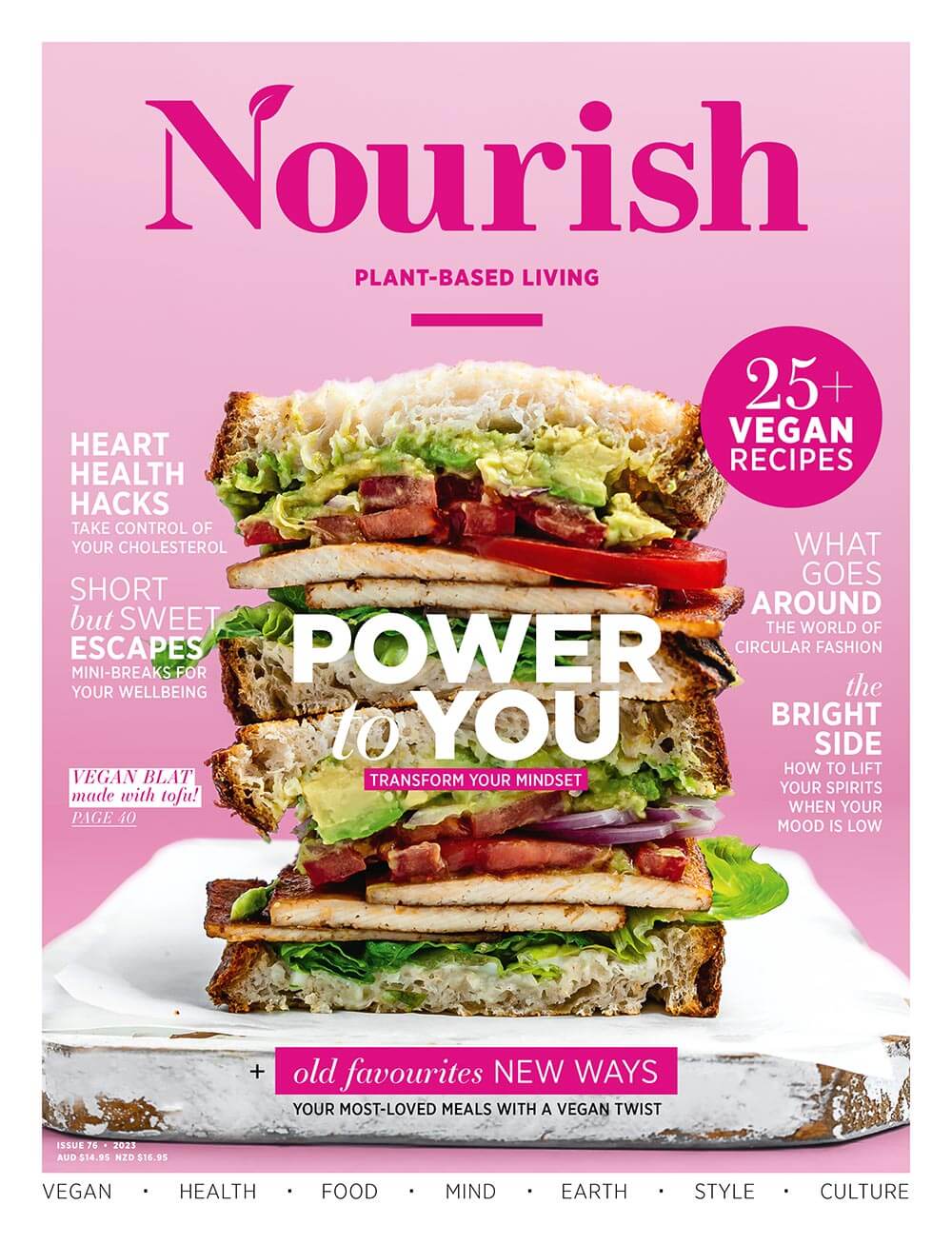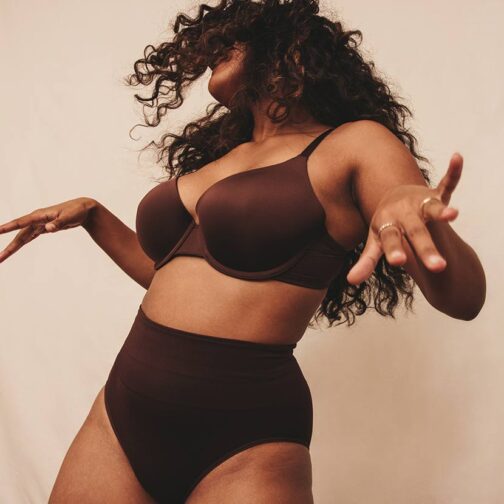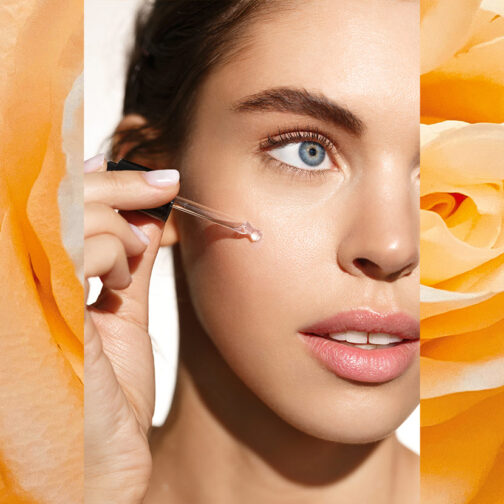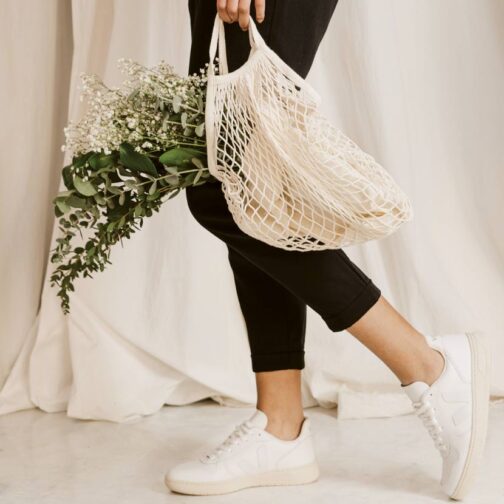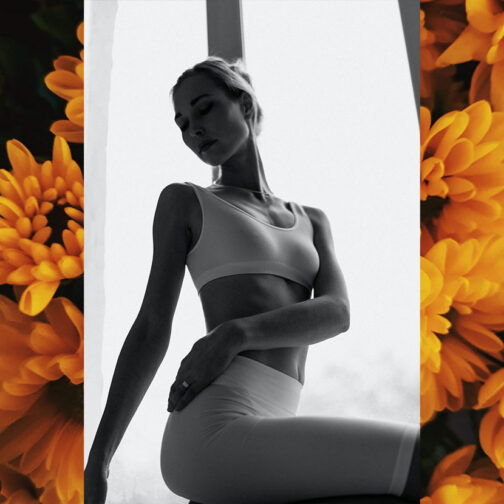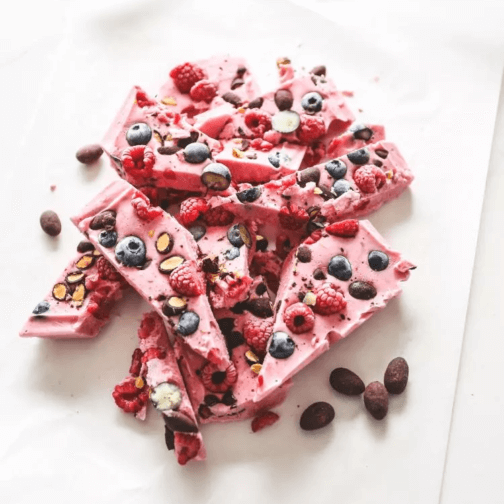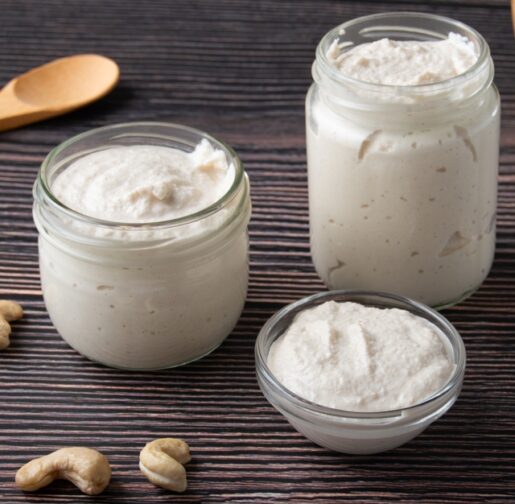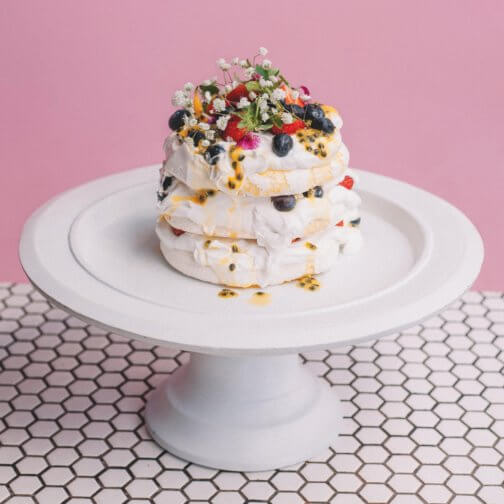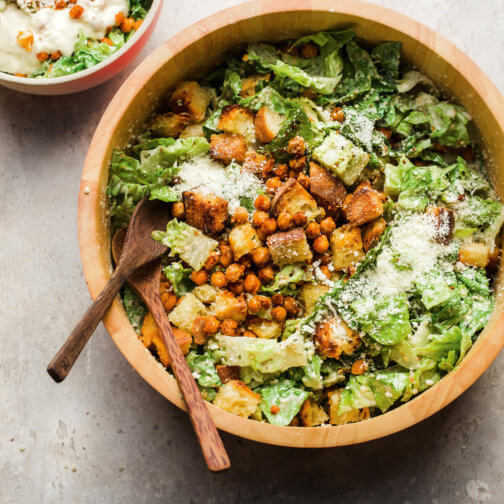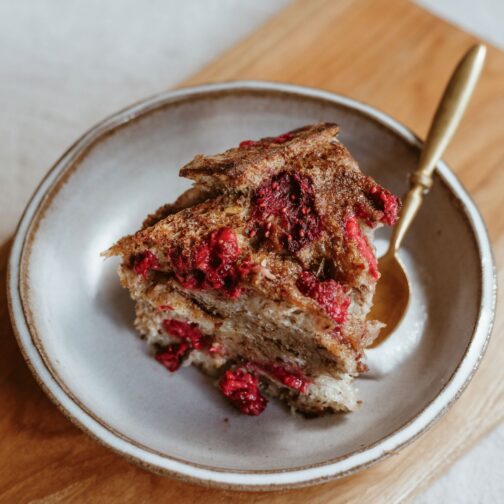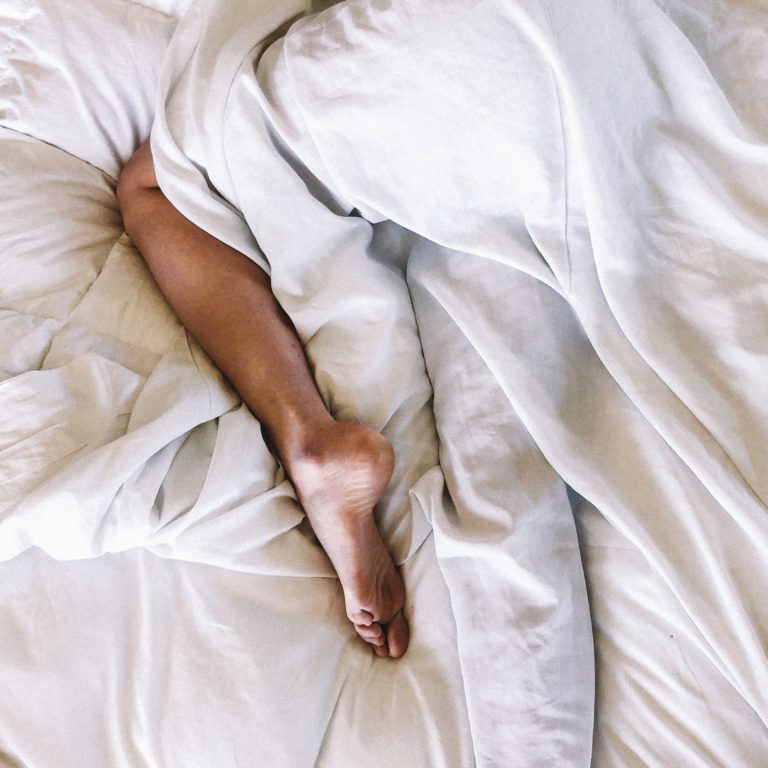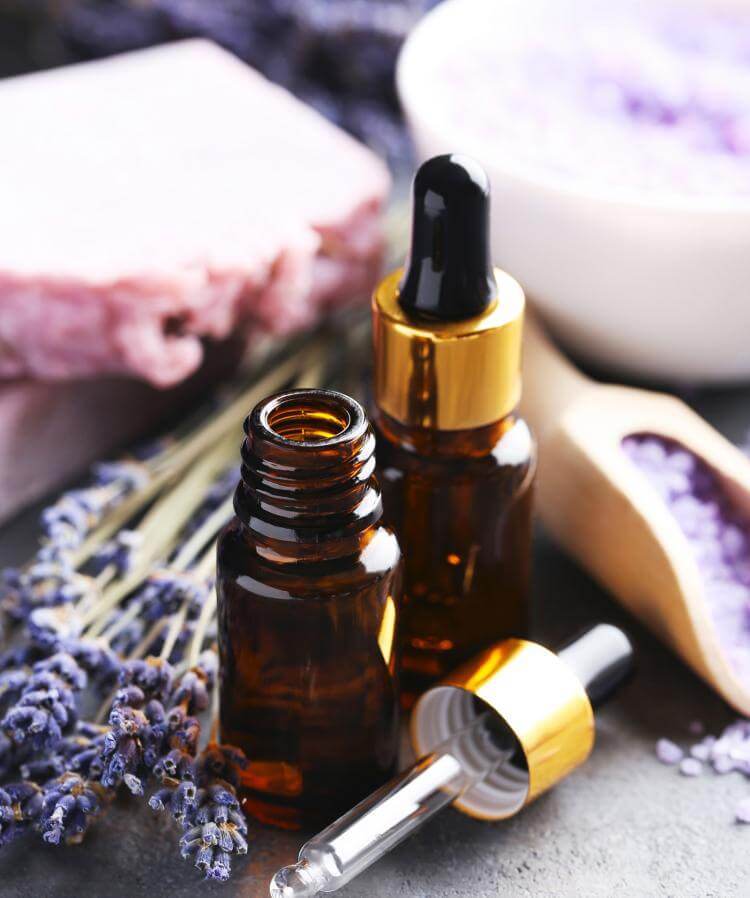
Revered for their calming and healing abilities, essential oils remain a cornerstone in the wellness world. Danae Dimitropoulou looks into the make up of these powerful plant extracts and offers DIY remedies for rest and replenishment.
“True essential oils are naturally occurring extracts from aromatic plants,” says Sarah Robinson, an aromatherapist and remedial therapist at Living Free Natural Therapies, and a practitioner who is accredited with the Australian Natural Therapists Association. “They [essential oils] may be found in the flowers, leaves, bark, seeds, roots, grasses or fruit rind,” says Robinson. “Each essential oil is unique due to the chemistry of each plant. Even the same plant grown in different regions, or plants picked at different times of the season will produce slightly different chemistry in the essential oil.
They support health and wellbeing
“To gain their healing benefits, essential oils can be inhaled, massaged onto the skin and diffused into the air,”says Aromatherapy expert Patricia Princi-Jones. “When inhaled, the particles of an essential oil travel straight to the brain and are capable of influencing mood and emotions within seconds. Just a few drops can reduce stress levels and treat respiratory problems including cold and flu and hay fever. Once massaged onto the skin, essential oils are easily absorbed through the sweat glands and hair follicles before entering the bloodstream.
Using essential oils at home
- On the skin: Essential oils must be diluted before they’re applied to the skin. Robinson recommends mixing them into vegetable oil or Certified Organic body lotion before applying them to the skin. As a guide, combine one drop of essential oil for one tablespoon of the base product.
- In the bath: Combine essential oils with a solubiliser such as unscented shower gel, bath salts or even milk. But be sure that the product can be mixed with both oil and water.
- In an oil burner or diffuser: Use a few drops of essential oil at a time. While you will stop smelling it fairly quickly, it doesn’t evaporate right away.
What to look for when purchasing essential oils
Good quality essential oils should have the following information on their labels:
- A common name and botanical name.
- A specification of which part of the plant is used (i.e. flowers, leaf, bark, etc.).
- An expiry date as all essential oils are volatile and are affected by heat, light and oxygen.
- A specification that the product is 100 per cent essential oil – not fragrant or perfume oils, which are synthetic and don’t have the chemistry that makes essential oils unique and provide the therapeutic action.
- A dark glass container, as essential oils are affected by heat, light and oxygen, a dark glass bottle is used to avoid UV light.
